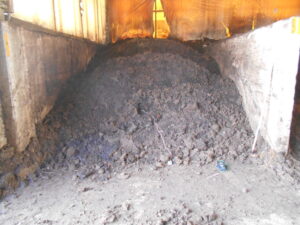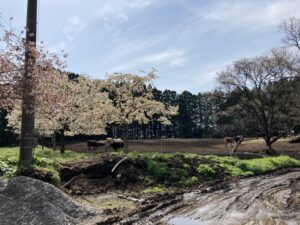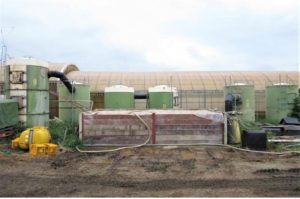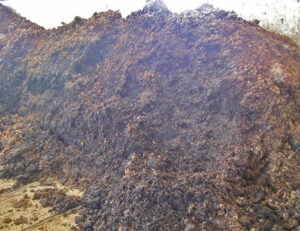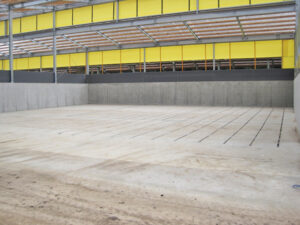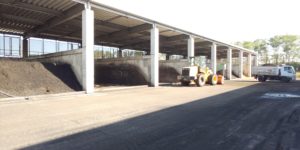Low-Cost, Minimal Staffing, Odor-Free Food Waste Composting Recycling Facility (Client: Nagawa Town, Nagano Prefecture)
This is a case study of a successful composting facility for food waste in Nagawa Town, Nagano Prefecture.
- Products Introduced
- Easy JetComposting PlantAuxiliary Equipment
- Client and Location
- Nagano Prefecture / Nagawa Town
- Processed Material
- Food Waste 1 ton/day
- Issue
- To stabilize composting while controlling odor for food waste generated in a sub-zero region.
Overview of Composting in Nagawa Town, Nagano Prefecture
This is a case study of a food waste recycling facility delivered to Nagawa Town, Nagano Prefecture. Despite being in a cold region, the facility operates stably even during winter.
It is built on the site of a local tourist ranch with a processing capacity of 250 tons/year. The facility collects and recycles food waste from town residents twice a week, producing high-quality compost. It has successfully reduced waste incineration costs.
Implemented Measures and Effects
| Increased Processing Volume Through Reduced Processing Time | Pre-treatment and fermentation equipment were optimized to shorten processing time. |
|---|---|
| Reduced Odor Through Improved Fermentation | Maintains aerobic fermentation year-round with minimal odor. |
| Expanded Sales Channels Through Bagged Compost | Some of the produced fertilizer is sold in bags, expanding its usage. |
| Cost Reduction Through Review of Auxiliary Materials | Utilizing beef manure as auxiliary material achieved zero auxiliary material costs and reduced the cost of purchasing sawdust, etc. (300,000 yen/year). |
| Improved Compost Quality Through Raw Material Crushing and Foreign Matter Removal Equipment | Crushing raw materials in the pre-treatment equipment shortened fermentation time and improved compost quality. |

Features of Nagawa Town’s Recycling Facility
The facility has three main features
1. Utilizes beef manure as auxiliary material
2. Maintains high-temperature fermentation even in sub-zero conditions
3. Produces virtually no odor
Typically, composting facilities use auxiliary materials such as sawdust or rice husks, but this facility uses beef manure, eliminating the cost of purchasing auxiliary materials.
Despite having a higher moisture content compared to rice husks, beef manure starts high-temperature fermentation with the help of the EasyJet, which forces in oxygen during the process.
Although the moisture content of the finished compost is slightly higher, it produces high-quality compost with no odor. The compost is distributed to local residents for use.
The facility has been inspected by many people, allowing them to experience the differences from typical food waste composting facilities.
Composting Process
1. Refurbishment and Delivery of Food Waste
First, twice a week, food waste (household and business waste) generated in the town are collected and brought in.
The trash bags are crushed by a crusher and mixed with cow manure, with the rule that the garbage bags must be biodegradable bags prepared for this facility.

2. Fermentation in Easy Jet
The raw materials are then placed on top of the EasyJet tank and fermentation is completed in 45 days.
During the winter, the outside temperature can be as low as -5℃, but the fermentation temperature exceeds 80℃, and the system runs smoothly.

Operation by One Staff Member
One local silver worker manages the entire process, including weighing, shredding, mixing, and cleaning, finishing the work by noon.

Odor-Free with “Easy Jet”
The use of the high-pressure ventilation system “Easy Jet” enables high-temperature fermentation even at sub-zero temperatures without using heaters.
The raw materials maintain an aerobic state, and minimal turning results in an odor-free composting plant.
The facility can operate safely even in areas with residential neighborhoods nearby.
The Easy Jet system also allows for easy operation, making it possible to run the facility without extensive composting expertise.

Proposal for New Plant Design and Construction
This is a low running cost plant suitable for companies that want to start new food waste treatment and municipalities that want to reduce waste treatment costs.
We have extensive experience in designing such plant-type composting facilities. We can select the optimum model from a wealth of back data, and conduct precise simulations of management costs after operation.
In this case, maintaining aerobic conditions and eliminating turning has resulted in a facility with almost no odor. It can also comply with regulatory zones.
Summary
This facility, installed at a ranch, is expected to contribute to the promotion of municipal food waste recycling by gaining approval from residents and reducing high waste processing costs.
It also provides a new revenue source for the ranch through the use of beef manure.
For residents, reduced waste processing financial burdens can lead to improved administrative services, and the availability of high-quality compost at no cost benefits all three parties involved.
Watch the Video
Introduction of the Product
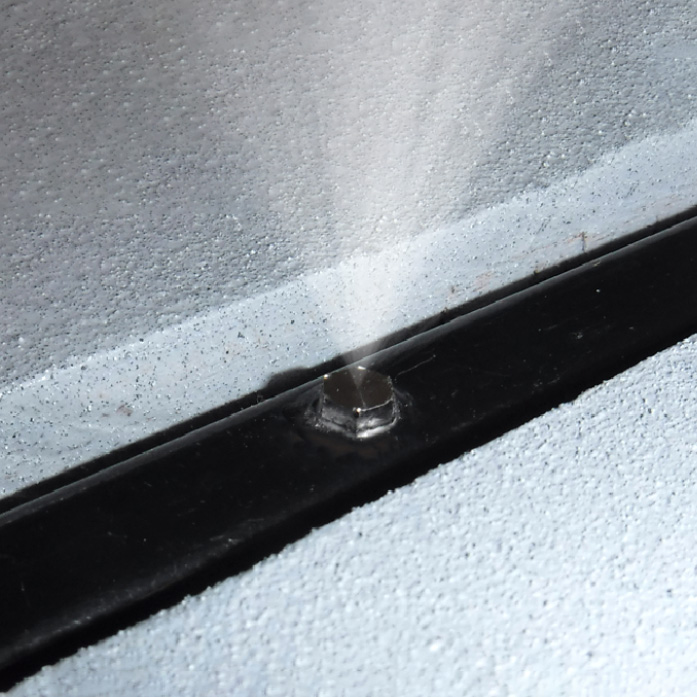
Composting Equipment
Easy Jet
Composting Equipment that requires no turning
A special nozzle supplies oxygen to the inside of the compost, eliminating the need for heavy machinery to turn the compost around. High-temperature fermentation in winter is realized, enabling production of high-quality compost.

Composting Complex Equipment
Composting Plant
Balancing Odor Control and Labor Reduction
Combining MIRAIE's technology and know-how, we propose the optimal Composting Plant tailored to your materials and challenges. It achieves stable production with reduced costs and labor.
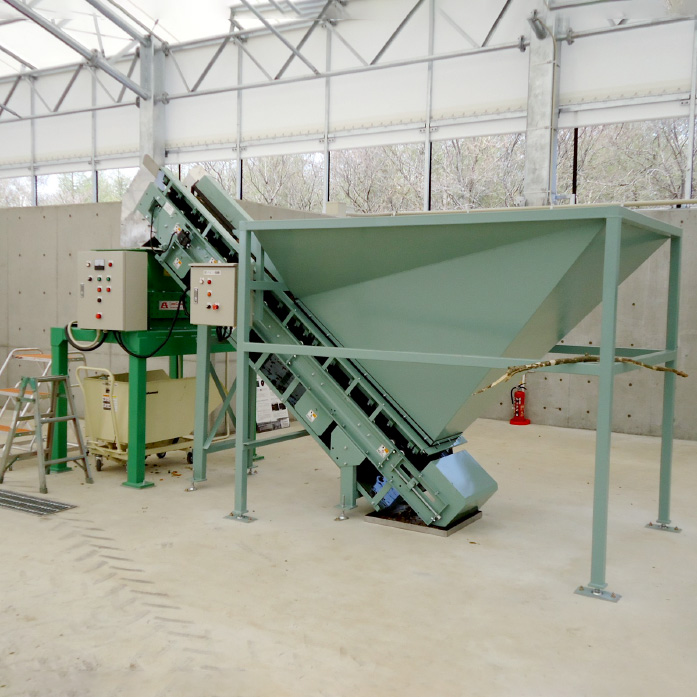
Composting Support
Ancillary Facilities
Various Proposals According to Processing Volume and Cost
MIRAIE solves customers' "it would be nice to have" needs. We offer Auxiliary Equipment convenient for pre-treatment and post-treatment, and other proposals based on processing volume and cost.
writer
CORPORATIONMIRAIE
We are a plant manufacturer specializing in composting and recycling equipment. We provide comprehensive support to customers facing composting and odor issues and strive to strengthen production systems to improve productivity.







 Facebook
Facebook X
X Hatena
Hatena Poket
Poket